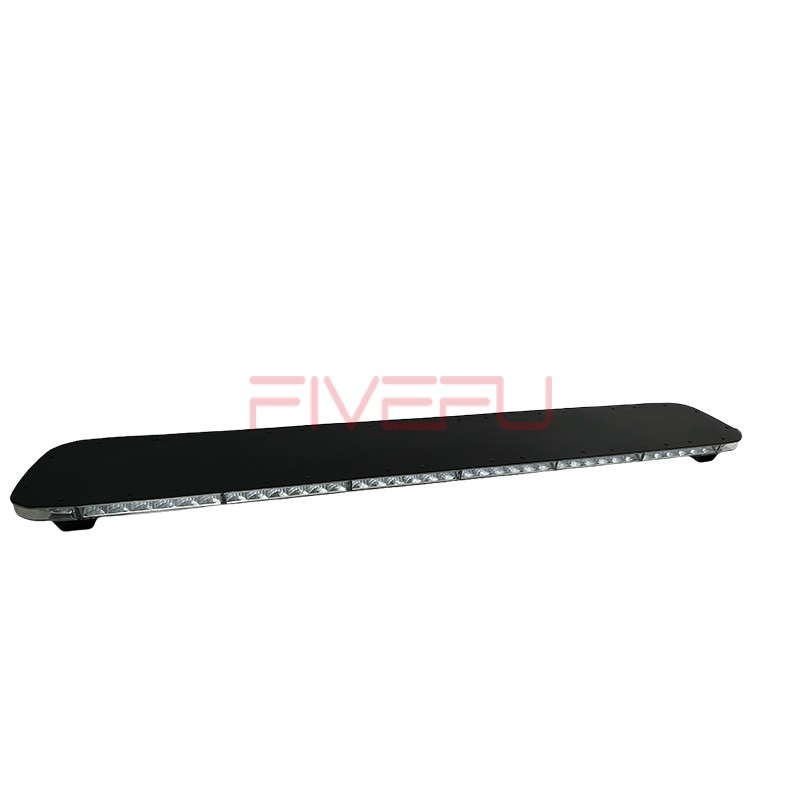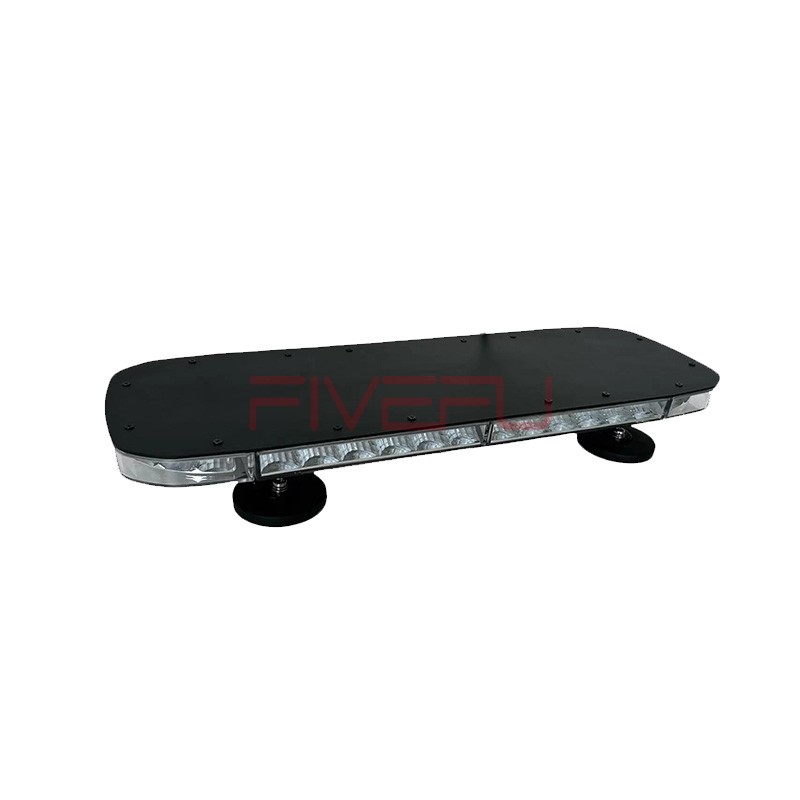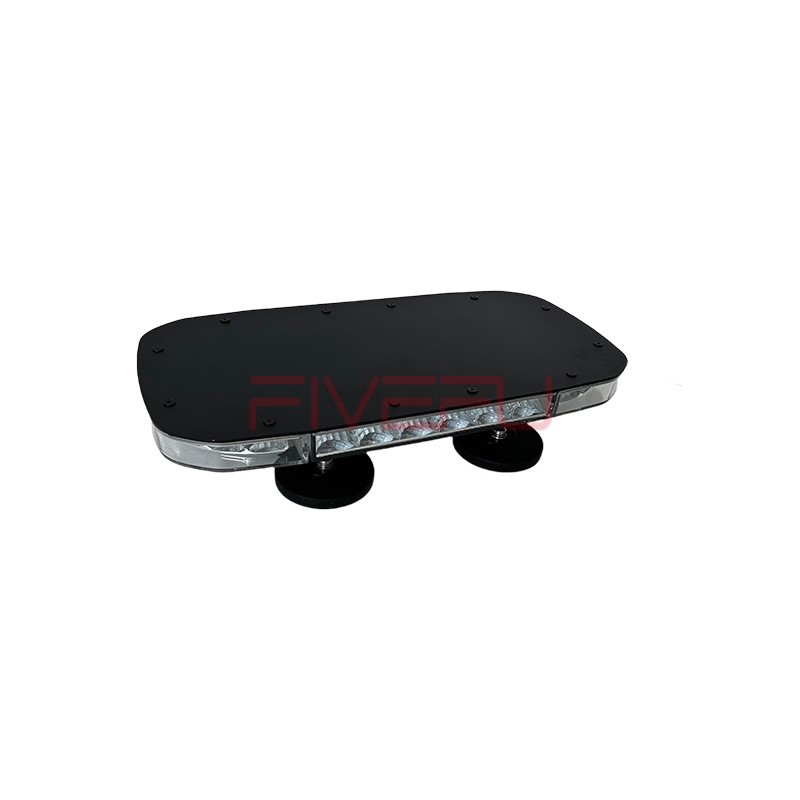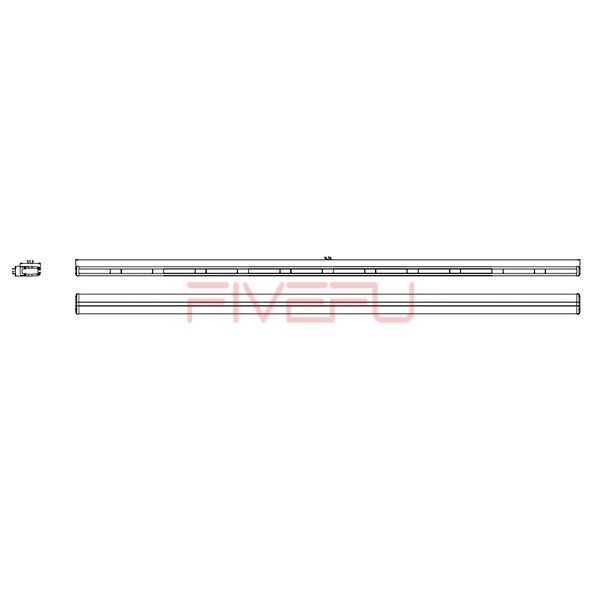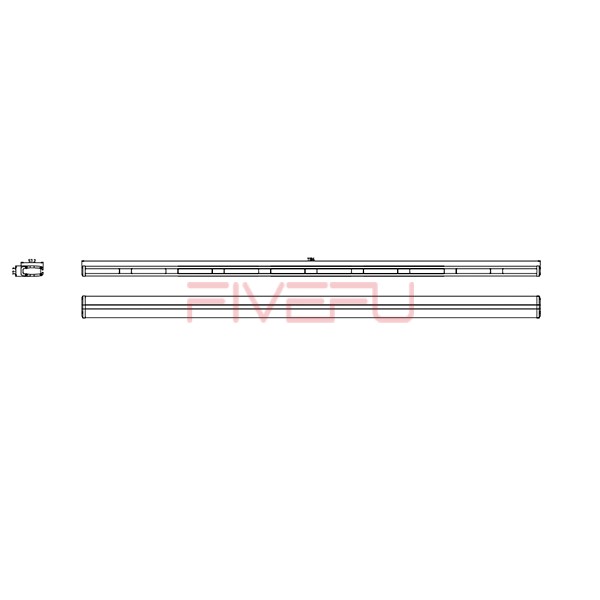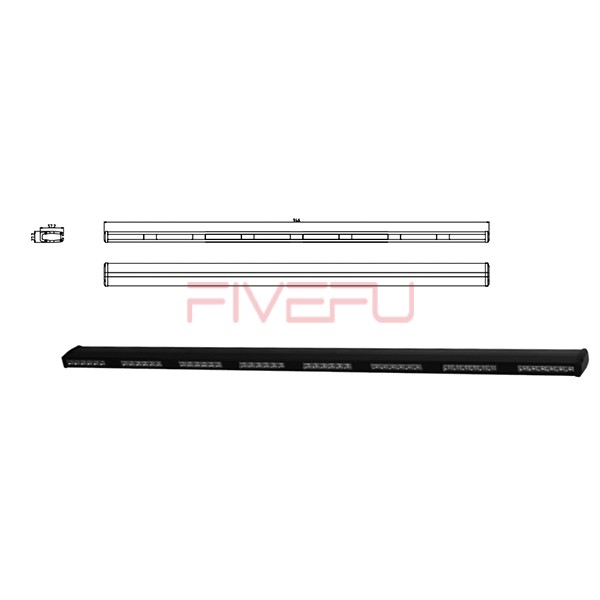Many drivers get nervous when seeing flashing lights behind them. Misunderstanding police lights can cause panic or unsafe reactions—but knowing the purpose of cruise lights helps you stay calm.
Police cruise lights on a lightbar are low-intensity, steady-burning lights used to make patrol cars visible during nighttime or stationary observation without flashing emergency signals. They help officers deter crime, enhance road safety, and stay visible in low-light areas.
Connecting Paragraph
Curious about how and when police use cruise lights? Let’s explore their functions, legality, and purpose in detail.
1. What Are Police Cruise Lights?
Cruise lights are steady, dim LEDs built into a police lightbar. Unlike emergency flashing lights, they remain constant and non-flashing. Officers activate them during night patrols, roadside parking, or traffic observation to make their vehicles visible without alarming the public.
Some systems allow brightness adjustment or specific color configurations according to department policy. The main idea is safety visibility—alerting others of a police presence while keeping a calm, professional appearance on the road.
2. Why Are Cruise Lights Important?
Visibility means safety—for both officers and drivers. A dark, parked patrol car can become a hazard if unseen. Cruise lights ensure it’s visible, reducing accident risks.
Additionally, the visible presence of a marked car, even with soft lighting, deters criminal activity. This subtle form of community policing prevents crimes before they happen.
From a technical standpoint, cruise lights consume less power than full flashing lights, preserving battery life and minimizing light pollution.
3. Are Cruise Lights the Same as Emergency Lights?
No. Cruise lights ≠ Emergency lights.
-
Cruise lights are steady, soft illumination used for visibility.
-
Emergency lights (flashing red, blue, or white strobes) indicate immediate police action—traffic stops, pursuits, or emergencies.
Drivers are not required to pull over when they see cruise lights alone. The difference matters, as confusing them could lead to unnecessary stops or traffic disruptions.
4. Are There Legal Restrictions on Cruise Lights?
Yes. Cruise lights are restricted to authorized emergency vehicles. Civilian use is prohibited in nearly all U.S. states to prevent police impersonation.
For example:
-
Installing red or blue lights on personal vehicles is illegal in most areas.
-
Even owning a police-style lightbar could invite penalties if misused.
Always check state lighting regulations before installing any LED bar on your vehicle.
5. How Do Officers Use Cruise Lights in Practice?
Police use cruise lights in several real-world settings:
-
🚓 Traffic Observation: Watching traffic flow discreetly.
-
🏫 Community Presence: Showing patrol visibility near schools or neighborhoods.
-
🌃 Accident Prevention: Keeping parked vehicles visible on dark roads.
Some departments program automatic activation whenever the vehicle is idling or parked, ensuring continuous safety visibility even when officers are outside the car.
6. Can Civilians Install Similar Lights?
Civilians can legally install amber or white utility lights for construction, off-road, or maintenance use. However, imitating police lighting colors or patterns is strictly forbidden.
Violating these rules can result in fines, vehicle inspection failure, or lightbar confiscation. Always confirm your state’s Department of Motor Vehicles (DMV) lighting laws before purchasing.
7. Conclusion
Police cruise lights are steady, low-intensity visibility lights that keep officers and the public safe. They signal presence, not emergency—a small light with a big safety purpose.

